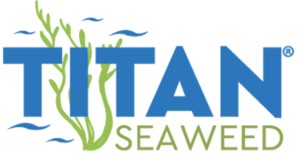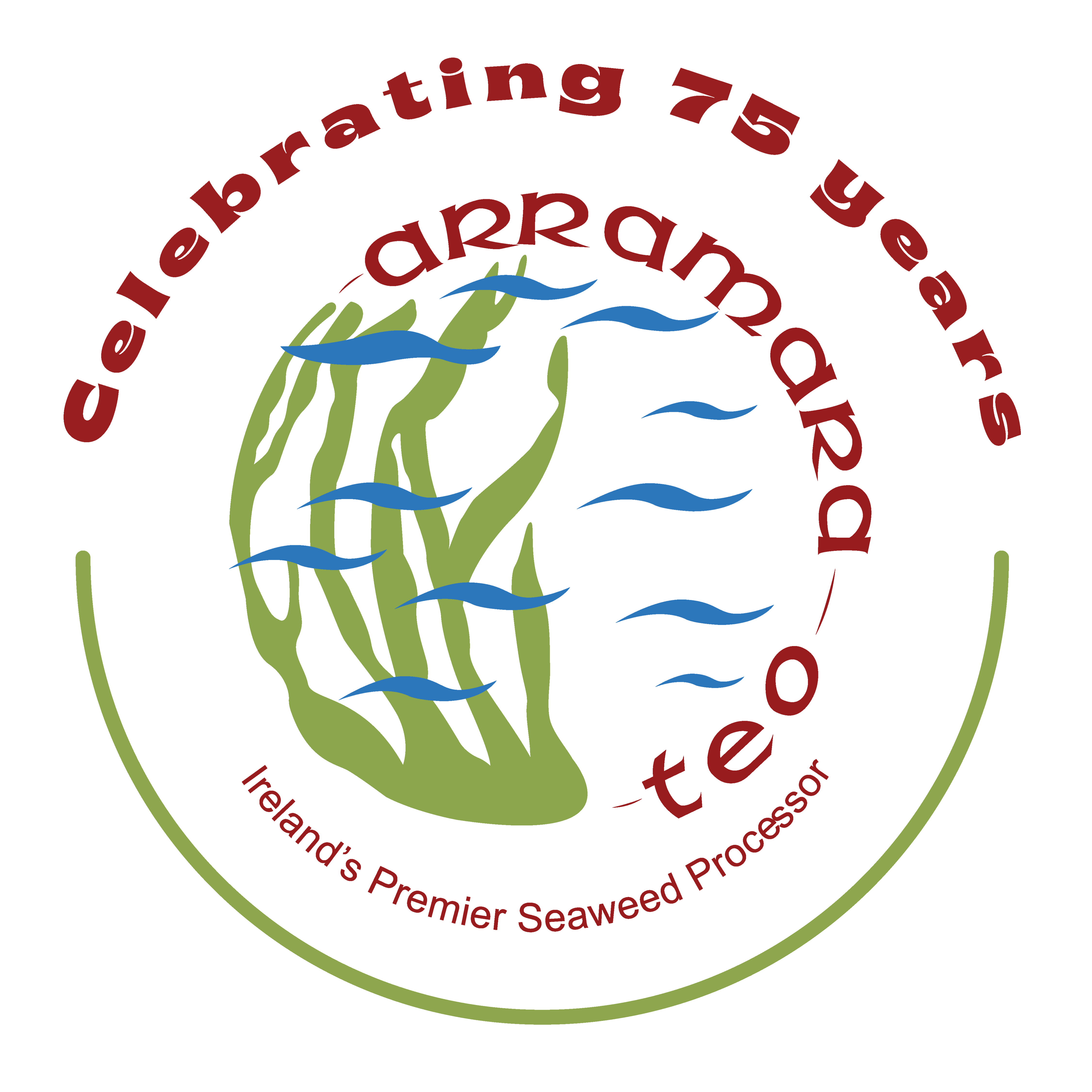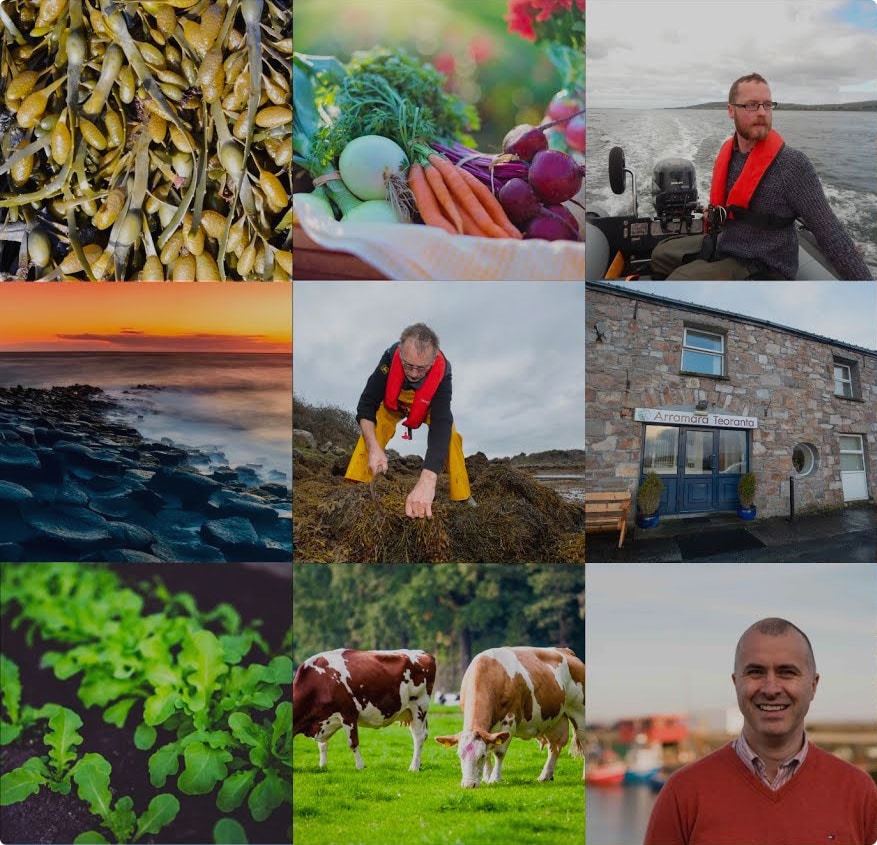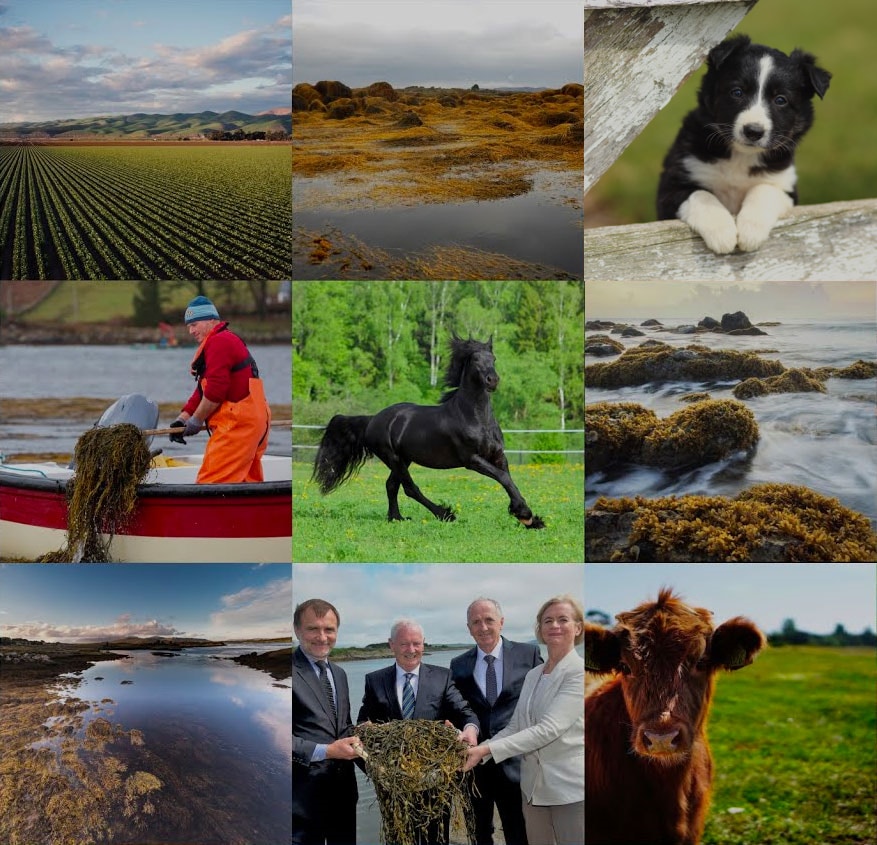A Day in the Life of a Resource Scientist
Strong and scientifically informed management of renewable marine resources is critical in protecting them for future generations. With our commitment to stewardship and sustainability, we take pride in having full-time Scientists oversee the health and preservation of the local Ascophyllum nodosum resource and habitat.
We feel this stewardship helps ensure that Irish seaweed remains a valuable resource along the west coast of Ireland. It’s not uncommon to see one of our Resource Scientists navigating the intertidal shores and waters of our western communities, doing the hard work of preserving this treasured natural resource. Here’s a glimpse into their lives and work.
Meet Dr. Michéal MacMonagail
Arramara Teoranta’s Resource Scientist
The first new position hired at Arramara after 2014 was our first ever Resource Scientist, Dr. Michéal MacMonagail. This was part of our ongoing commitment to help safeguard the seaweed resource and habitat. Michéal has become a familiar face to Harvesters as he works to conduct assessments and other scientific studies required for his Ph.D.
“This has been a wonderful opportunity on several levels,” Michéal said. “My position at Arramara enabled me to return home to the west coast of Ireland, to receive company sponsorship as I work towards obtaining my Ph.D. and to become part of a really great team. I’ve been very fortunate.”
To assist Michéal in his important work, Arramara hired two additional Resource Science Technicians in 2018 who contribute to the resource science and assessment work.
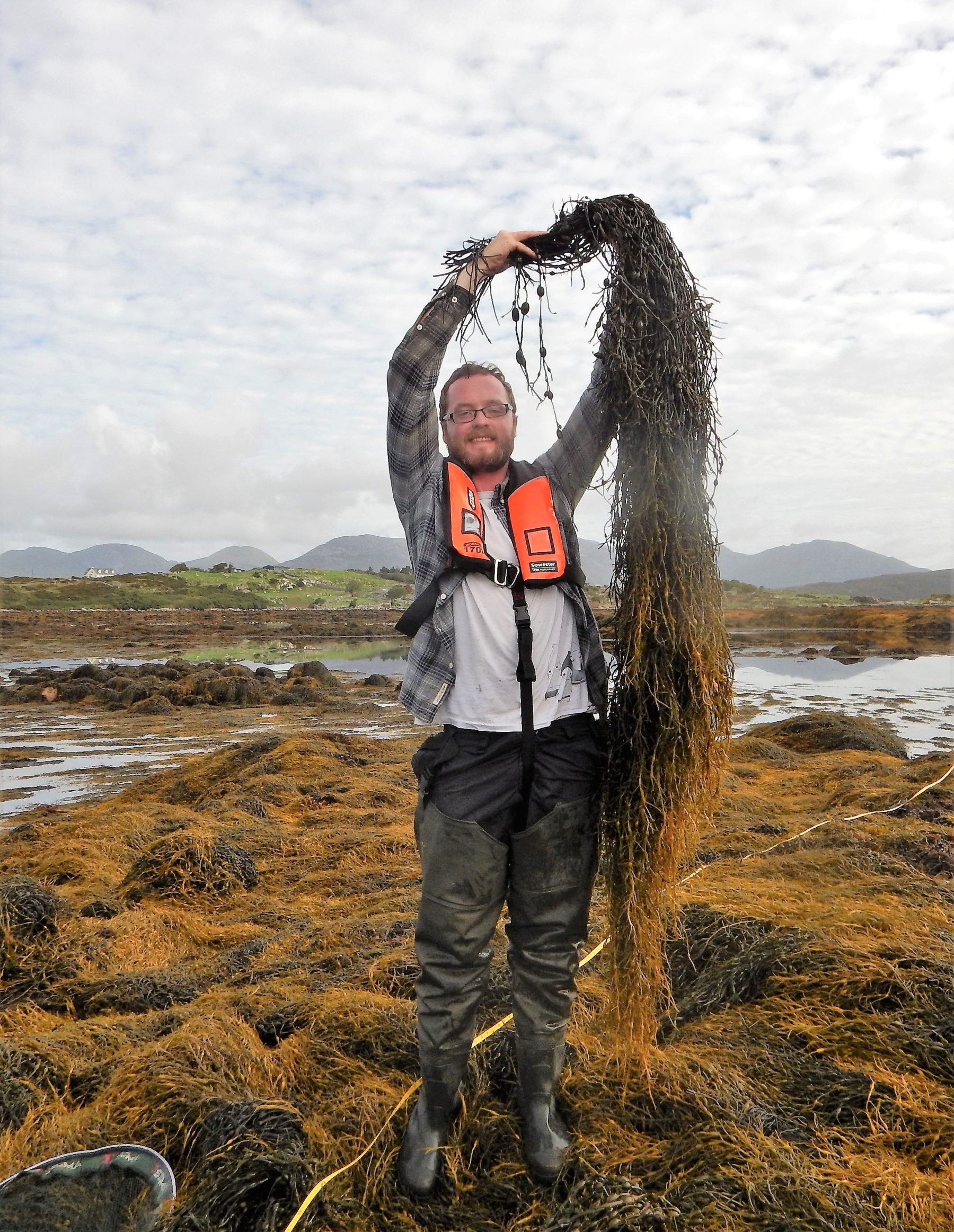
Here’s Michéal’s Technical Team
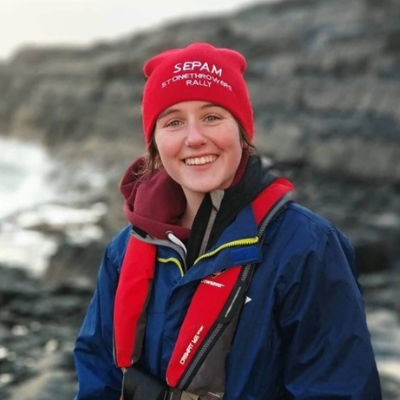
Meet Toni Kennedy
Resource Science Technician at Arramara
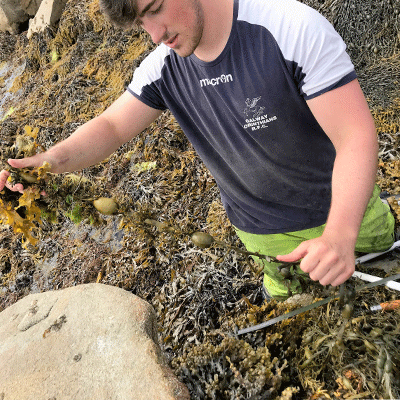
Meet Eamonn Kelly
Resource Science Technician – Summer Student
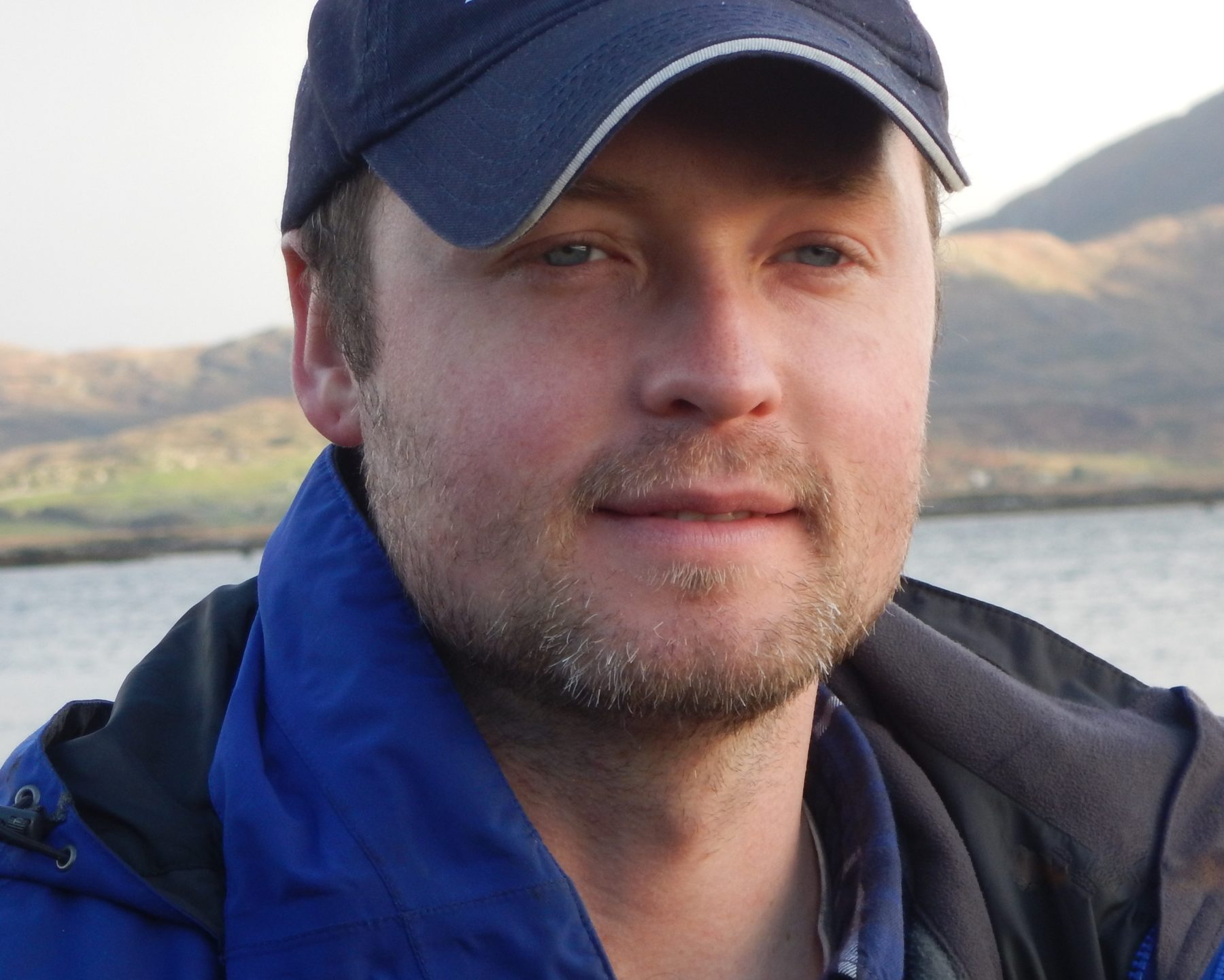
What is your day like as a Resource Scientist?
Dr. Michéal MacMonagail
A typical day for me involves a lot of planning to make sure seaweed research sampling, a foundational aspect of my work, gets carried out by our team in an accurate, timely and orderly manner. My work as a Resource Scientist means I’m on the shoreline just after dawn, come rain, wind, sleet or hail. Good thing I’m an early riser and enjoy the outdoors in all kinds of weather!
My days start early and I like to be on the shore about three hours before low tide. This schedule gives me the maximum amount of time on the shore to sample Ascophyllum nodosum, or Asco, as we call it. Asco has been harvested in Ireland, in much the same way, for hundreds of years. Only recently have alternative ways of hand harvesting been demonstrated in the area.
Another interesting part of the job is interacting with the colorful cast of Harvesters on the shore. I thoroughly enjoy working with the great resource team we have here at Arramara, where everybody is dedicated to ensuring that the seaweed is managed in a sustainable manner.
Why do we sample and measure Asco?
We conduct this resource science because it’s important to have an accurate estimate of the total biomass and the health of the Asco on the western shore of Ireland. Whether you’re an individual cutter, a landowner or the owner of a company, we feel that we all have a responsibility to ensure the harvest of Asco is conducted in a sustainable way so future generations will get to enjoy its beauty and bounty. For our company, the sampling activity allows us to better manage the resource and plan a sustainable harvest. When you know how much is there, you know how much can be harvested in a sustainable manner.
What does the sampling of Asco involve?
Typically, my team and I will pack all our supplies into our resource boat, put on our safety gear and head out. On any given day, we can be found anywhere between North Mayo and South Clare. When we take samples of the Asco we identify the species, measure length and weight and record the state or health of the resource. The data we collect is then entered in a geographic information system (GIS) where further calculations and assessments are performed.
I work in all kinds of weather – after all, this is Ireland and the weather can change on you in an instant. But, the scenery and the opportunity to work outdoors more than makes up for it. If I were to describe my work, I would say it’s quite physical. I’m jumping in and out of boats, walking on the slippery rocks on the shore and crouching for long periods to sample seaweed – this can make you stiff in the joints, even for a young fella.
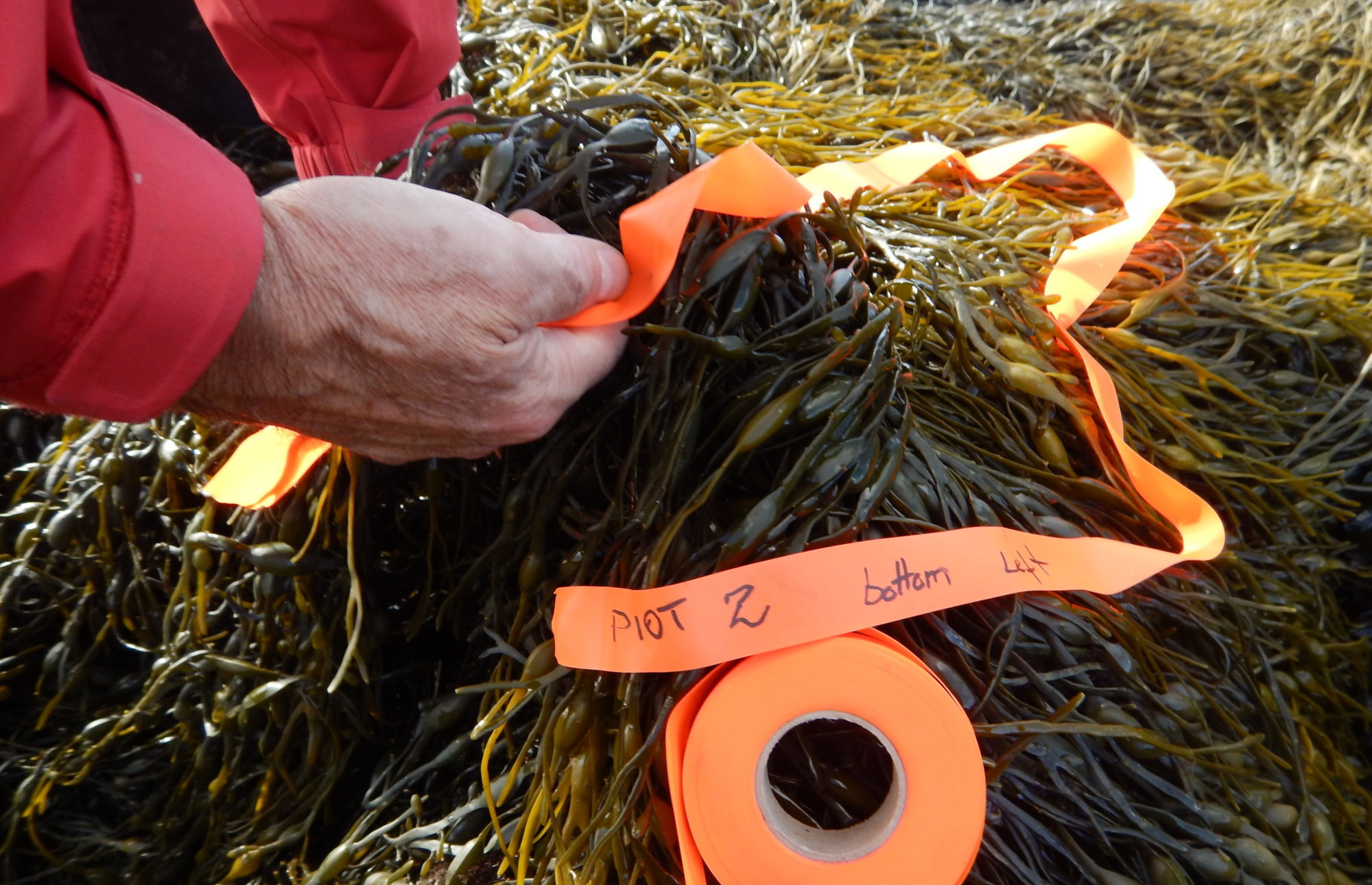
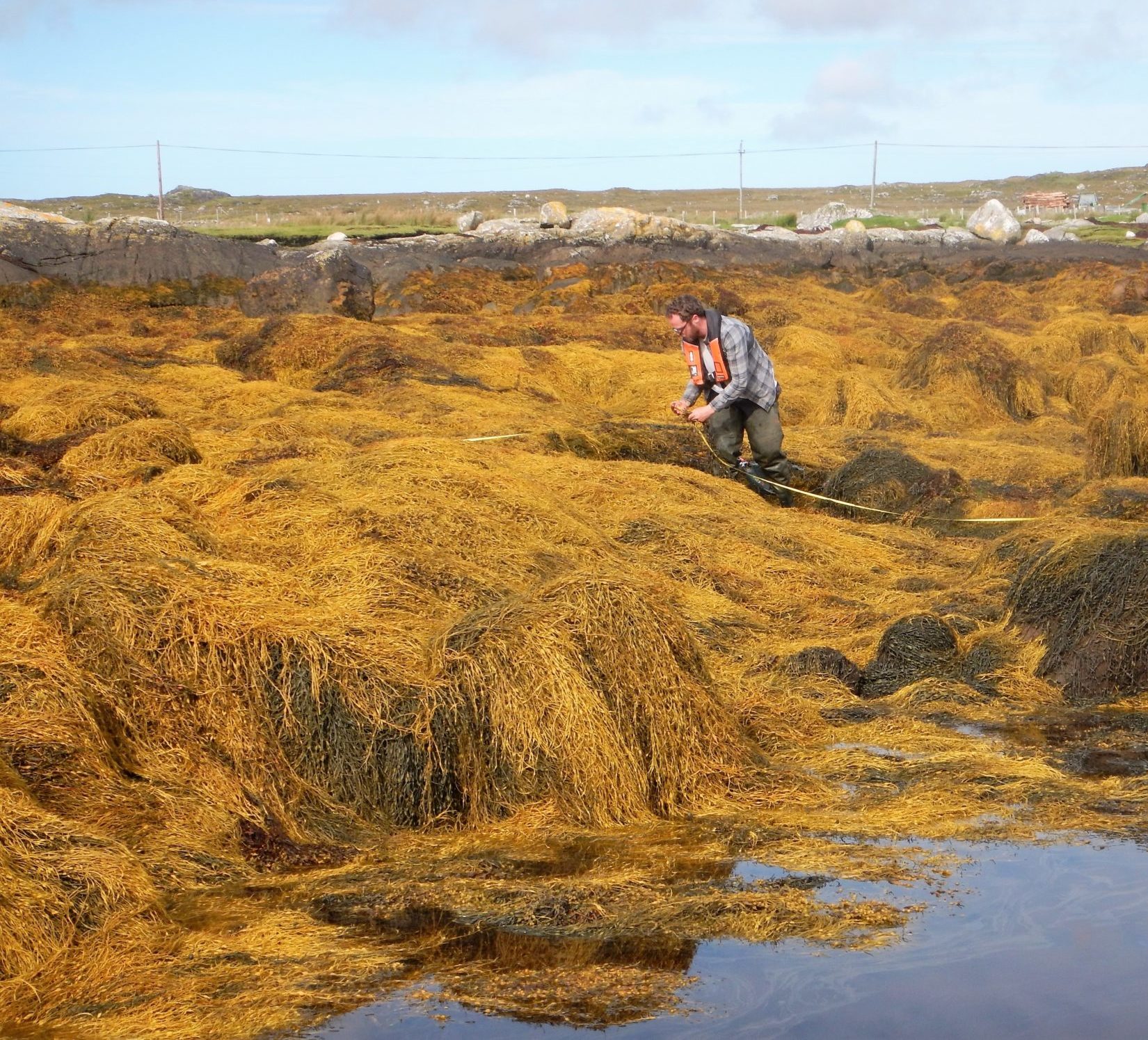
Once I have measured, weighed and written up my report for the day, it’s time to load up the gear, jump in the boat and head back to the pier. It’s kind of like the movie, Groundhog Day – where I get to start it all again the next day. All kidding aside, I am very fortunate that I get to visit and monitor every last stretch of shoreline on Ireland’s west coast. I find it very rewarding at the end of a long season to review the hard work of the resource science team, to recognize our achievements and to spend the long winter months planning for the upcoming season. My work has meaning and it’s important – what more could one ask for?
Why is resource sustainability so important?
Seaweeds form the base of the food web in the marine environment, and they also play an important role in both human and animal nutrition. We know from decades of research and commercial activity that when the resource is scientifically managed it provides sustainable environmental, commercial and economic benefits. We feel it is essential that such a valuable, natural Irish resource is maintained and correctly stewarded for future generations.
